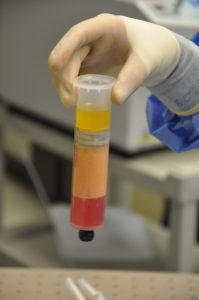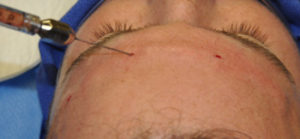Fat grafting to the face has become an accepted and popular soft tissue augmentation method. Most of this fat grafting is done by injection given its versatility and ability to be done just anywhere on the face. By harvesting the fat by liposuction from a body site, it is processed and then injected. Given the highly unpredictable nature of such injected fat graft retention, much debate has been given for the various steps in the process to optimize graft volume retention.

In the January 2018 issue of the JAMA Facial Plastic Surgery journal an original investigation was published entitled ‘Three-Dimensional Volumetric Analysis of 3 Fat-Processing Techniques for Facial Fat Grafting – A Randomized Clinical Trial’. In this paper the authors compared three fat processing techniques with 3-dimensional (3-D) technology to determine the optimal fat-processing technique for improving the volume retention of injected facial fat. Over a one year period over fifty (52) patients with facial asymmetry were treated by facial fat grafting. The patients were equally divided into three groups based on the fat processing method of the injected fat, sedimentation (group 1), centrifugation (group 2), and cotton pad filtration. (group 3) After surgery patients underwent 3-D scanning before and at 1, 3, 6, and 12 months after surgery.
Assessment was done by determine the volume of the graft maintained with 3-D software. The mean (SD) percentage volume maintenance at 1, 3, 6, and 12 months postoperatively was, respectively, 49%, 45%, 43%, and 41% for Group 1cotton pad filtration group; 41% , 38%, 36%, and 34% for Group 2 centrifugation group; and 37%, 34%, 31%, and 31% for Group 3 sedimentation group. Variance analysis showed that the cotton pad filtration group demonstrated a statistically significant higher percentage volume maintenance in comparison with the centrifugation and sedimentation groups.

Dr. Barry Eppley
Indianapolis, Indiana


